
Palacio de Arias Gonzalo Casa del Cid
A rare 11th-12th century Romanesque civil building, famed for its connection to El Cid and its striking location opposite Zamora Cathedral.
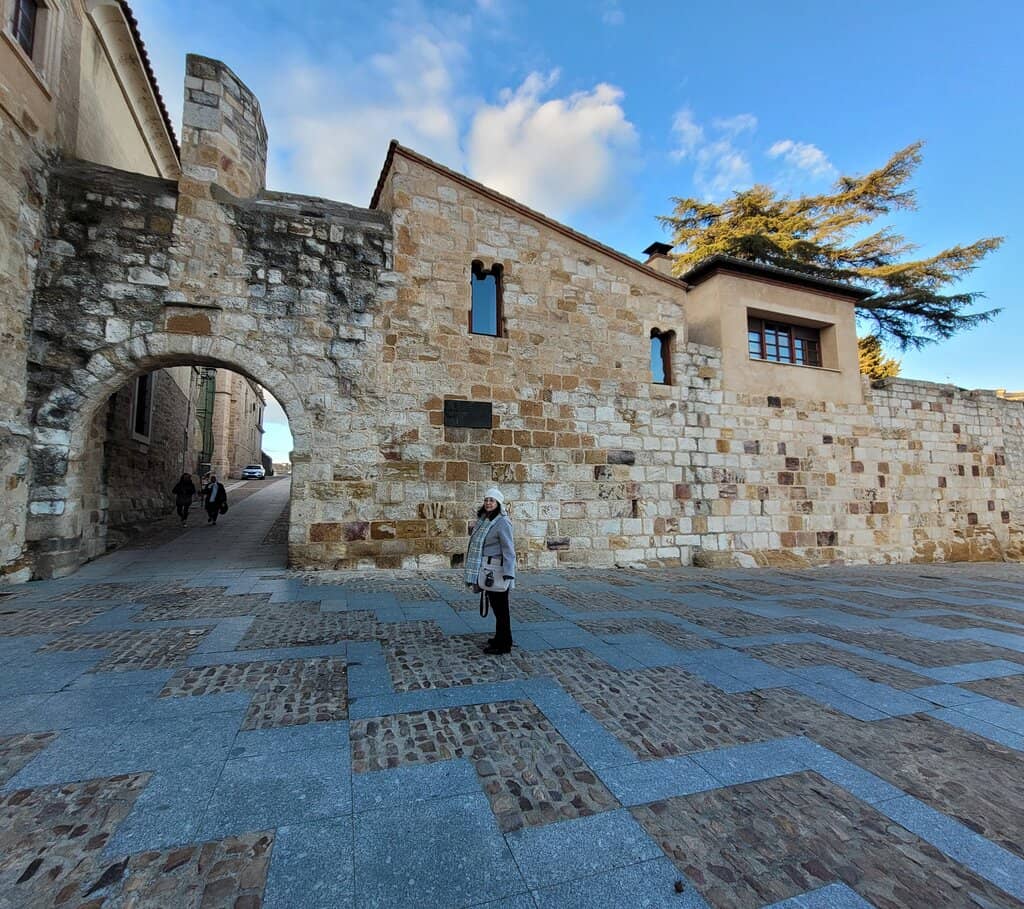
Highlights
Must-see attractions
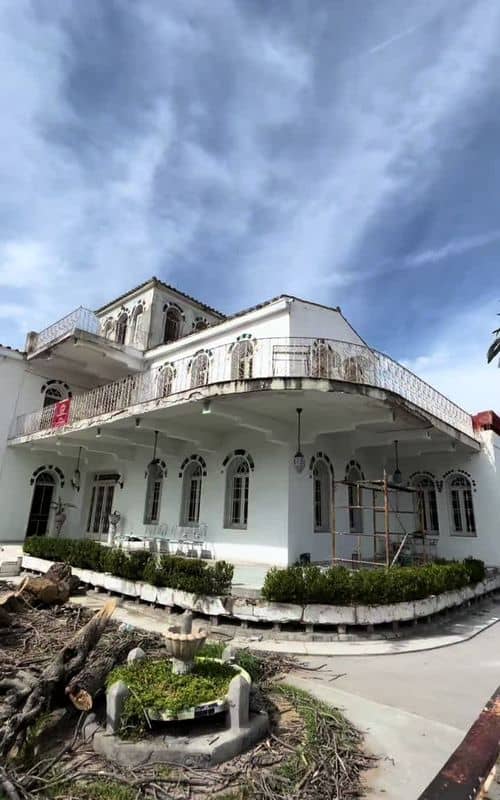
Social
From TikTok & Reddit
Best Time
Best light for exterior photos

Palacio de Arias Gonzalo Casa del Cid
Best Time
Best light for exterior photos

Highlights
Must-see attractions
A rare 11th-12th century Romanesque civil building, famed for its connection to El Cid and its striking location opposite Zamora Cathedral.
"A rare gem of Romanesque civil architecture, steeped in legend and history."
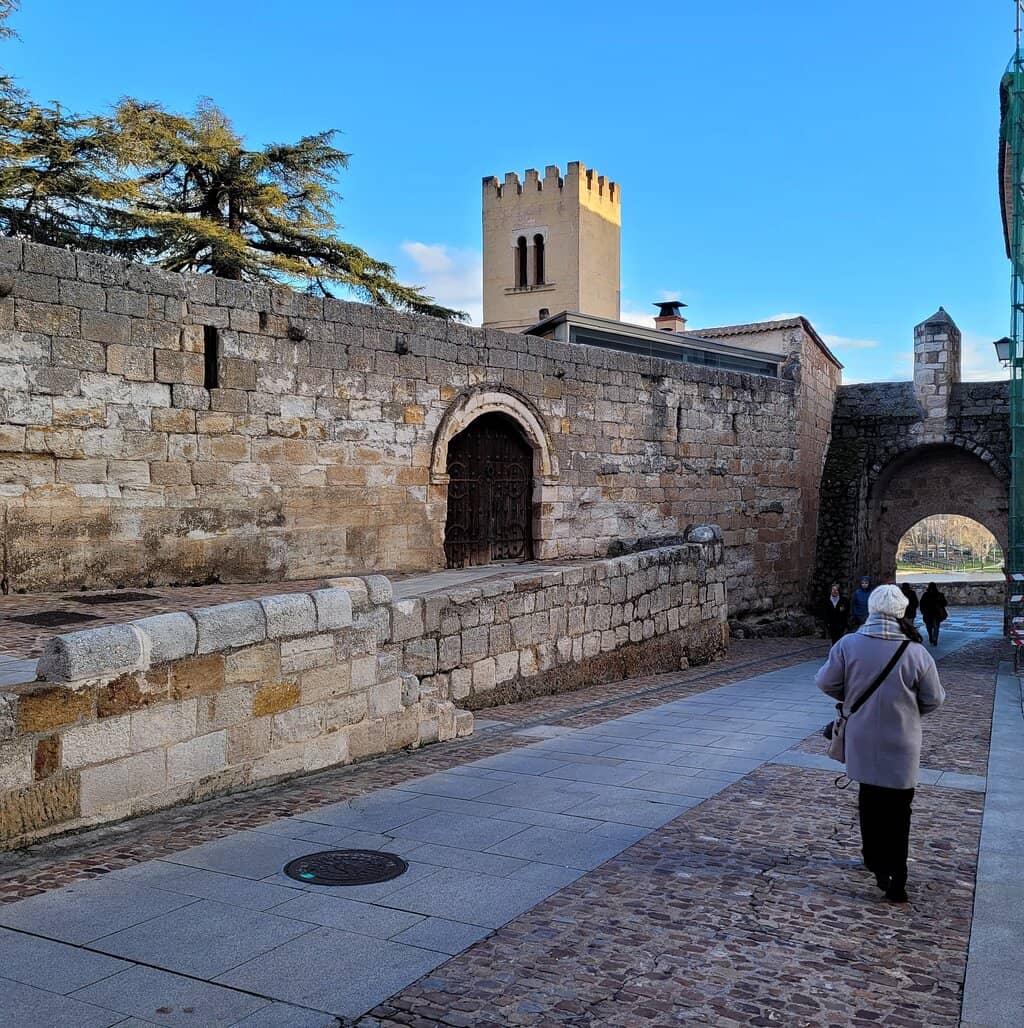
Admire from Outside
It's a private home, so enjoy the impressive Romanesque exterior and its historical setting. :camerawithflash:
Combine with Cathedral Visit
Its location opposite Zamora Cathedral makes it easy to see both in one outing. :world_map:
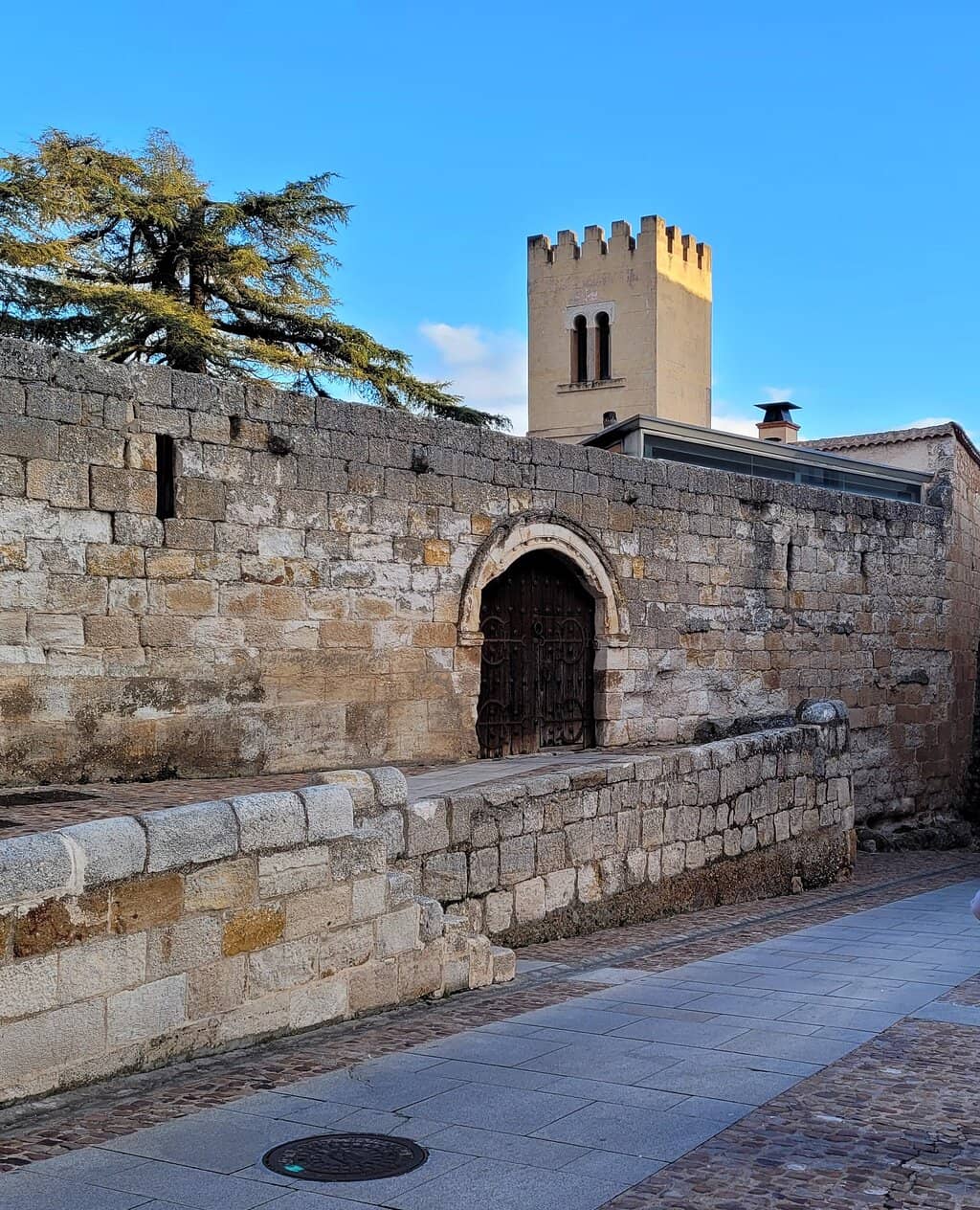
Highlights
Discover the most iconic attractions and experiences
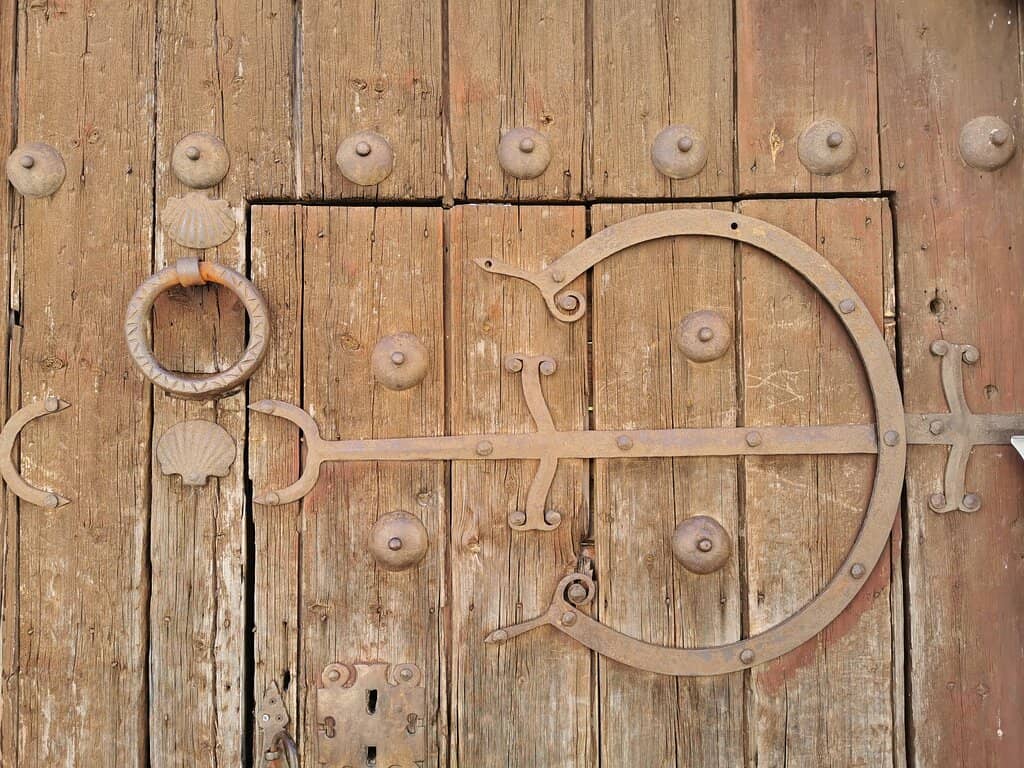
Romanesque Façade
Puerta de Olivares
Admire the rare 11th-12th century Romanesque civil architecture, featuring ashlar walls and horseshoe arches.
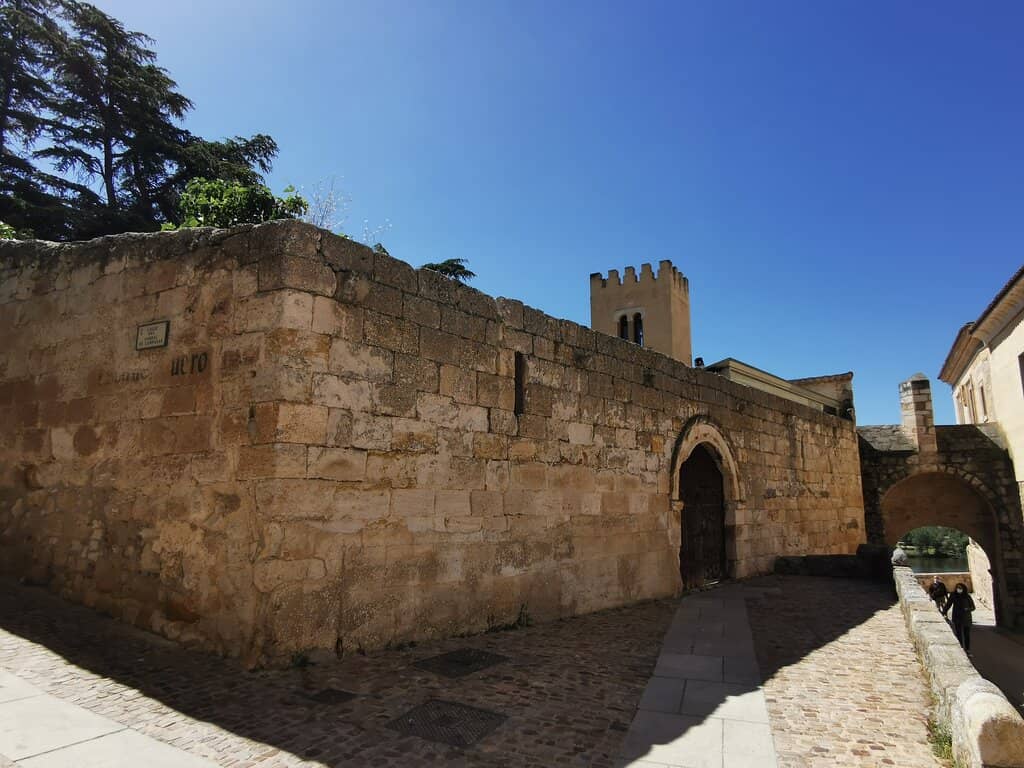
Legend of El Cid
Exterior view
Imagine El Cid's childhood here, a legend connecting this historic house to Spain's most famous knight.
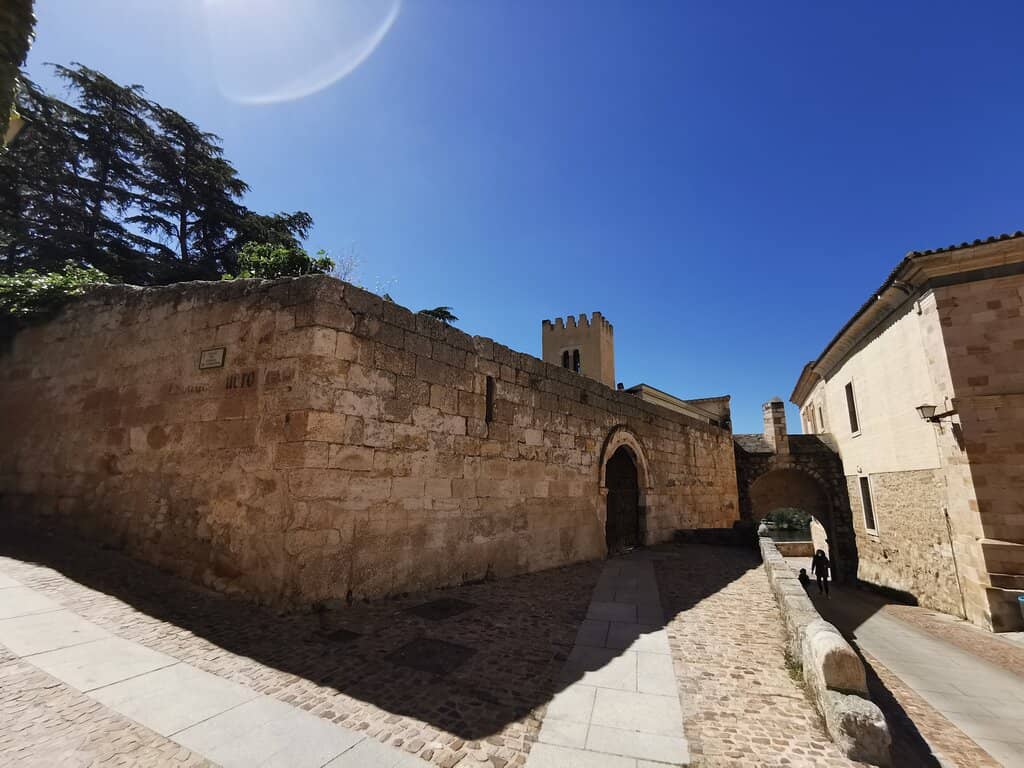
Proximity to Zamora Cathedral
Opposite Zamora Cathedral
Its striking location opposite the cathedral offers a picturesque view and historical context.
Plans like a pro.
Thinks like you
Planning Your Visit
Understand Its Historical Significance
Appreciate the Exterior Views
Best Times
Insider Tips
from TikTok, Instagram & Reddit
Admire from Outside
It's a private home, so enjoy the impressive Romanesque exterior and its historical setting. :camerawithflash:
Combine with Cathedral Visit
Its location opposite Zamora Cathedral makes it easy to see both in one outing. :world_map:
Learn the Legends
Research the stories of Arias Gonzalo and El Cid to enrich your visit. :scroll:
Tips
from all over the internet
Admire from Outside
It's a private home, so enjoy the impressive Romanesque exterior and its historical setting. :camerawithflash:
Combine with Cathedral Visit
Its location opposite Zamora Cathedral makes it easy to see both in one outing. :world_map:
Learn the Legends
Research the stories of Arias Gonzalo and El Cid to enrich your visit. :scroll:
What Travellers Say
Reviews Summary
Visitors appreciate the Palacio de Arias Gonzalo for its significant historical and architectural value as a rare example of Romanesque civil architecture. Its legendary connection to El Cid and its picturesque location opposite Zamora Cathedral are frequently highlighted as key attractions, offering a glimpse into medieval Zamora.
"Near the Cathedral of Zamora and the Castle of Zamora the view of the Duero River coming down the ramp is beautiful"
Teresita Huici
"The House of El Cid, also known as the Palace of Arias Gonzalo, is a Romanesque civil building from the 11th and 12th centuries located next to the Puerta de Olivares (or Puerta del Obispo) and opposite Zamora Cathedral. It is one of the few examples of Romanesque civil architecture preserved in Spain, with ashlar walls, two windows with horseshoe arches on its old façade above the wall, and a doorway with decorated archivolts from the mid-12th century on the façade facing the cathedral. Although only the perimeter walls remain and it has undergone renovations over time, it retains enough character to convey local history and legend: according to tradition, it was the house where El Cid was raised along with the princes of the kingdom under the tutelage of Arias Gonzalo, the noble defender of Zamora during the Siege of 1072. It was declared a Historic-Artistic Monument in 1931; It is not accessible from the inside, but seeing it from the outside, its ashlar masonry, its relationship with the wall and its location give it significant heritage value."
Reynier de la Rosa
"Zamora can't be seen in an hour..."
Jose Antonio Randeiro San Juan
What People Like
What People Dislike
Frequently Asked Questions
🚇 🗺️ Getting There
The Palacio de Arias Gonzalo is located in the heart of Zamora, easily accessible on foot from the city center. It's situated next to the Puerta de Olivares and directly opposite Zamora Cathedral, making it a central point of interest.
Parking can be challenging in the historic center of Zamora. It's recommended to use public parking garages or park a short walk away and enjoy a stroll through the charming streets.
🎫 🎫 Tickets & Entry
No, the Palacio de Arias Gonzalo is a private residence and is not open to the public for interior visits. You can only admire its exterior architecture and historical significance from the outside.
As you can only view the exterior, there is no entrance fee to see the Palacio de Arias Gonzalo. It's a free attraction to observe from the surrounding public areas.
Since it's a private home, there are no official visiting hours. You can view the exterior at any time of day, though daytime offers the best light for photography.
📸 📸 Photography
The best photo opportunities are from across the plaza, directly in front of Zamora Cathedral, which frames the palace beautifully. The area near the Puerta de Olivares also offers good vantage points.
Yes, you are welcome to take photos of the exterior of the Palacio de Arias Gonzalo from public spaces. Please be respectful as it is a private residence.
🎫 🏛️ History & Legends
This Romanesque civil building dates back to the 11th and 12th centuries and is one of the few of its kind preserved in Spain. It was declared a Historic-Artistic Monument in 1931.
According to local tradition and legend, Rodrigo Díaz de Vivar, known as El Cid, is said to have grown up in this house under the tutelage of Arias Gonzalo.
Arias Gonzalo was a prominent Zamorano aristocrat and a key figure during the Siege of Zamora in 1072, serving as a noble defender of the city.
For Different Travelers
Tailored advice for your travel style
History Buffs
Photographers
Deep Dives
In-depth insights and expert knowledge
Architectural Significance
Its integration with the ancient city walls and its prime location next to the Puerta de Olivares (or Puerta del Obispo) further emphasize its historical context. This building is not just a structure; it's a piece of Zamora's medieval defensive and residential past. While interior access is restricted, the exterior provides a tangible connection to the architectural styles and building techniques of centuries ago, offering a unique glimpse into Romanesque urban life.
The Legend of El Cid
This legend imbues the Palacio de Arias Gonzalo with a romantic and historical aura, transforming it from a mere ancient building into a site steeped in national folklore. While historical verification of El Cid's childhood here remains elusive, the enduring tale adds a layer of mystique and cultural significance. Visitors often find themselves imagining the young knight within these ancient walls, connecting the physical structure to the epic stories that have shaped Spanish identity. The legend is a powerful draw, making the exterior viewing a journey into both architectural history and legendary past.



Social
from TikTok, Instagram & Reddit